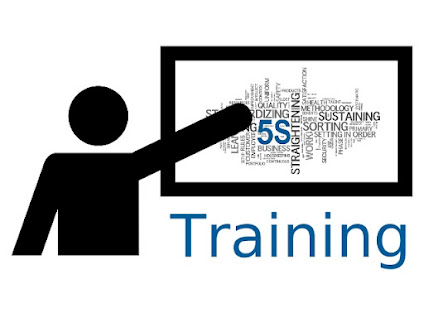What is Statistics? A Beginner's Guide to Understanding the Basics
Statistics is a field that is often
misunderstood and overlooked, yet it plays a crucial role in our daily lives.
From predicting the outcome of a sports game to understanding the impact of a
new medication, statistics is used to make sense of the world around us.
However, for those who are new to the subject, the world of statistics can seem
daunting and overwhelming. In this blog post, we will provide a beginner's
guide to understanding the basics of statistics and the importance of basic statistics training.
So, what exactly is statistics? In
simple terms, statistics is the science of collecting, organizing, analyzing,
and interpreting data. It involves using mathematical methods to gather and
make sense of numerical data, and then using that information to draw
conclusions and make decisions.
One of the key components of
statistics is data. Data can be defined as any information that can be measured
or counted. This can include numbers, measurements, or even observations. For
example, data can be the number of people who prefer chocolate ice cream over
vanilla, the average height of students in a class, or the amount of rainfall
in a particular region. Without data, statistics would not exist.
Now that we understand the basics of
statistics, let's dive into some of the key concepts that are essential for
beginners to understand.
Also Read: 7 QC Tools Training
1)
Descriptive vs. Inferential Statistics
Descriptive statistics involves
summarizing and describing data using measures such as mean, median, and mode.
It helps to organize and simplify large amounts of data, making it easier to
understand. On the other hand, inferential statistics involves using data from
a sample to make predictions or draw conclusions about a larger population.
This type of statistics is used to test hypotheses and make generalizations
about a population based on a smaller sample.
2)
Population vs. Sample
In statistics, a population refers to
the entire group of individuals or objects that we are interested in studying.
For example, if we want to know the average income of all the people living in
a city, the population would be all the residents of that city. However, it is
not always feasible or practical to collect data from an entire population. In
such cases, a sample, which is a smaller subset of the population, is used to represent
the entire population.
Also Read: SPC Training



Comments
Post a Comment